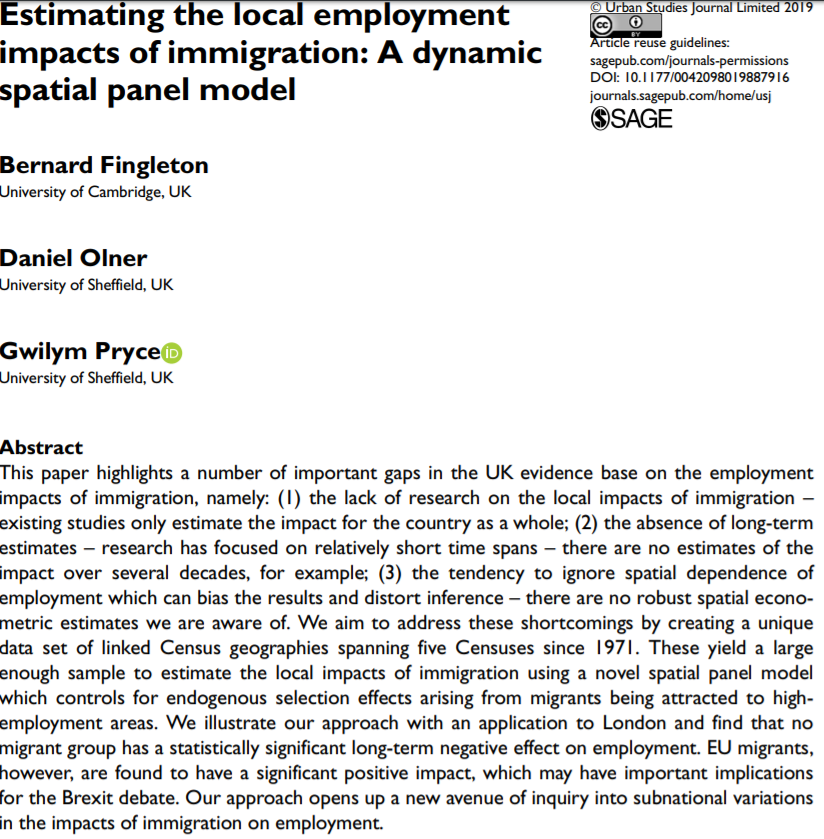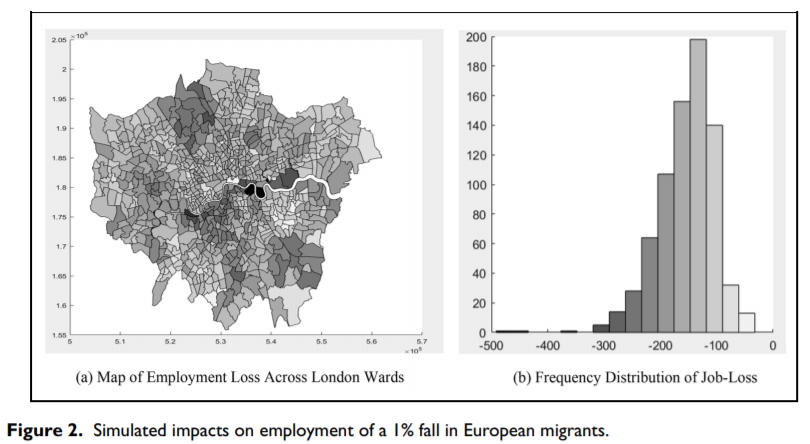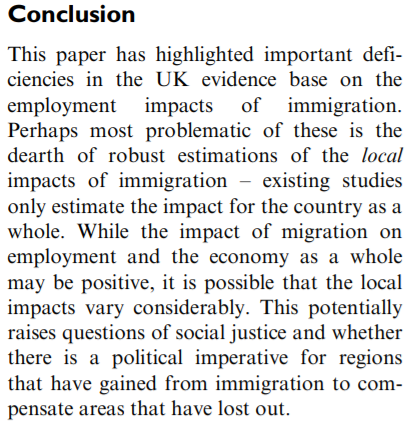
I was working at Glasgow Uni @UofGUrbStudies at the time of the Glasgow Stock Transfer (GST). It seemed an eminently sensible idea back then, releasing an astonishing £4bn of public funds for social housing renov. 1/7
https://twitter.com/USJ_online/status/1446415442231300096
But there was always a degree of controversy which remains even now -- e.g. this recent blog (livingrent.org/glasgow_stock_…) claiming GST = privatisation by stealth. Others argued that more could have been achieved with £4bn, perhaps more targetted skills training & job creation.
2/7
2/7
Our focus in this paper is on whether the £4bn created new jobs, especially for soc.housing tenants. A lot of hrs of work was generated for sure. But did social housing tenants benefit from higher empt? Did anyone benefit? Or did the GST simply displace existing jobs?
3/7
3/7
Surprisingly, there hasn't previously been a robust analysis of the employment impacts of the GST using methods that can reliably identify the causal impact of the policy. This is surprising because it's ripe for analysis: a massive £4bn investment in a specific geog area...
4/7
4/7
So this is the knowledge gap we tried to plug. We used a quasi-experimental design applied to a longitudinal geocoded database of inviduals.
RESULTS: We found that the GST did have a positive effect on employment. But not for social housing tenants.
5/7
RESULTS: We found that the GST did have a positive effect on employment. But not for social housing tenants.
5/7
Some will say that our findings are not surprising: GST was never intended to boost employment among social renters.
But, looking the scheme now, it's seems odd that this wasn't a key objective of GST.
But then, hindsight is a wonderful thing...
6/7
But, looking the scheme now, it's seems odd that this wasn't a key objective of GST.
But then, hindsight is a wonderful thing...
6/7
Our findings also have implications for current policy.
E.g. Scotland’s ongoing policy of new home building: 30,000 units built between 2011-2016. Could/should such initiatives be allied with training schemes to boost empt & employability for the socially disadvantaged?
7/7
E.g. Scotland’s ongoing policy of new home building: 30,000 units built between 2011-2016. Could/should such initiatives be allied with training schemes to boost empt & employability for the socially disadvantaged?
7/7
@Living_Rent @GerryHassan @Shelter @USPSheffield @UofGSocSci @shefmethods @spatial_network @CIHhousing @RICSnews @TheScotsman @heraldscotland @ScotNational @FerretScot
• • •
Missing some Tweet in this thread? You can try to
force a refresh






